¡Feliz viernes, amigos! ya próximo el fin de semana, espero que les sea de provecho. Hoy es un día especial, estoy muy contenta por iniciar esta columna los días viernes de la mano con @mundo.autismo. Voy a abordar el tema sobre la escuela y lo que representa para los niños desde el punto de vista de su desarrollo, como centro de complejas relaciones interpersonales y sociales, al margen de los ambientes familiares.

En todas las escuelas vamos a encontrar diversidad en su población. Inclusive, en las escuelas especiales hay diversidad, ya que ningún niño es igual a otro. El autismo es un espectro de diversidad: las diferencias como un factor humano y una condición inseparable del self. Es por eso que hoy voy a hablarles de la importancia que tiene la escuela para todos, donde las experiencias de aprendizaje son tan variadas como la población que las generan.
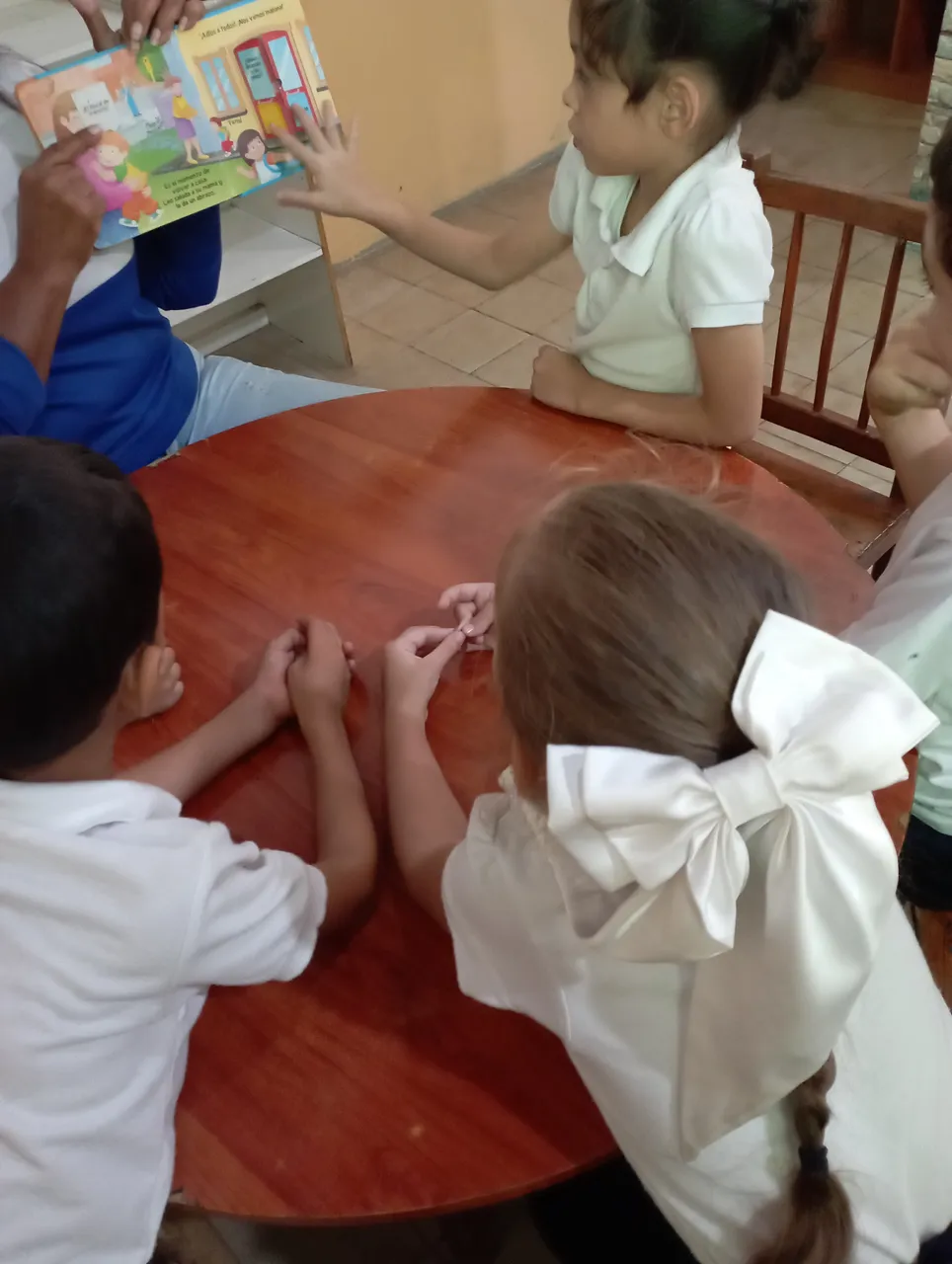

Uno de los primeros espacios no familiares para los niños, es la escuela.
El ambiente escolar introduce los primeros cambios importantes en los esquemas de convivencia del niño. La escuela no es sólo para el aprendizaje formal de los contenidos curriculares, es un ambiente donde se estimulan las zonas próximas de desarrollo, por cuanto a través de las relaciones sociales, la comunicación y los recursos materiales, en forma natural y espontánea, media la cultura para influir en forma positiva el desarrollo.
El cambio de entorno, conocer nuevas caras y estar sometidos a otros estímulos diferentes a los que ya conoce es una gran ventaja con la que obtendrá beneficios que perdurarán en el tiempo.
La importancia de la escuela.


La escuela moderna, tal y como la conocemos hoy en día, realmente no tiene tanto tiempo. Antiguamente, los padres eran los encargados de la educación de sus hijos. Los niños eran educados en casa, en la figura de la madre recaía la educación en valores y la enseñanza de la lectura, la escritura y los números; la figura del padre, se afianzaba en la enseñanza de un oficio. La tradición era que las niñas estaban a cargo de las madres y los varones a cargo de los padres.
A través de los años este modelo ha evolucionado con las sociedades, los patrones se han ido transformando hasta lo que hoy conocemos. Sin embargo, la escuela moderna también ha sufrido cambios que son importantes y que van de la mano con el avance de las ciencias, donde se ha puesto en evidencia la importancia de factores psicosociales de la dinámica escolar que favorecen el desarrollo del niño.
Lejos de pensar que el modelo de nuestras escuelas no necesita nuevos cambios, vamos a ubicarnos en la función social y académica que en ella se imparte. Hagamos un ejercicio de memoria, ¿qué recordamos de la vida escolar? Lo más seguro es que tengamos diversas opiniones, porque cada quien vive las experiencias en forma diferente; sin embargo, lo que busco es que puedas hallar esos recuerdos de tu período escolar. Estarás de acuerdo que todas las experiencias, tanto positivas como negativas, se suman a la vida permitiendo que haya un crecimiento.

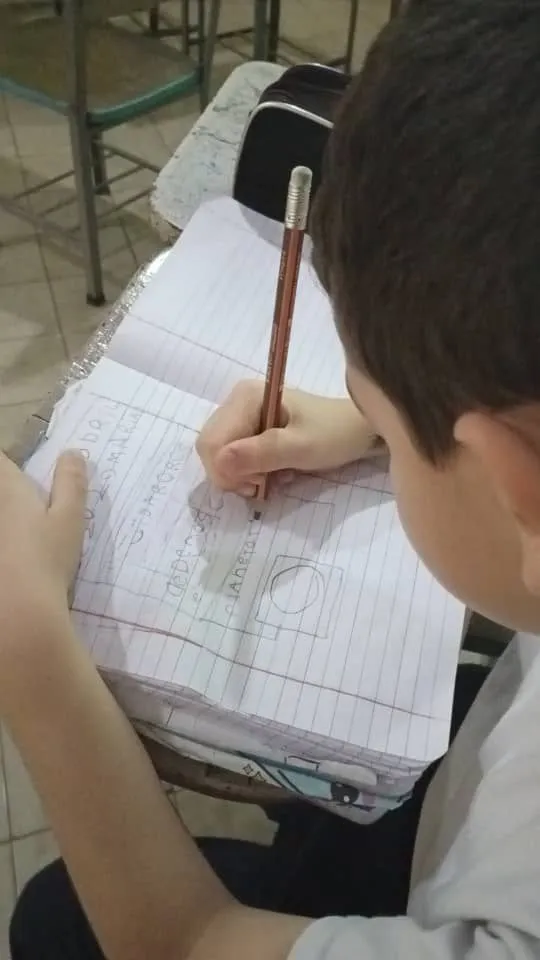
La escuela es un nicho donde se recrean todo tipo de experiencias.
¿Qué hace que una escuela sea "feliz"?
La felicidad es subjetiva y su definición varía según las culturas. La UNESCO entiende por escuela feliz un lugar que favorece el aprendizaje, la salud y el bienestar de las personas, las familias y las comunidades.
''Escuelas felices" para un mejor aprendizaje
Los procesos educativos donde se pone el acento en el aprendizaje (y no en la enseñanza) dan cuenta de una intención educativa centrada en el niño. Además de eso, pensar en un modelo de escuela feliz que incluya factores de salud, familiares y comunitarios refleja una política educativa propositiva, fundada en el bienestar como ambiente de aprendizaje.
En este sentido, debemos estar conscientes que la corresponsabilidad con la familia es muy importante y sobre todo que los canales de comunicación sean asertivos. Esto no significa que no podemos realizar una crítica, emitir nuestras opiniones en forma responsable; sino que tengamos una actitud positiva al dirigirnos a las personas, evitar realizar descalificaciones y sobre todo no propiciar los enfrentamientos.

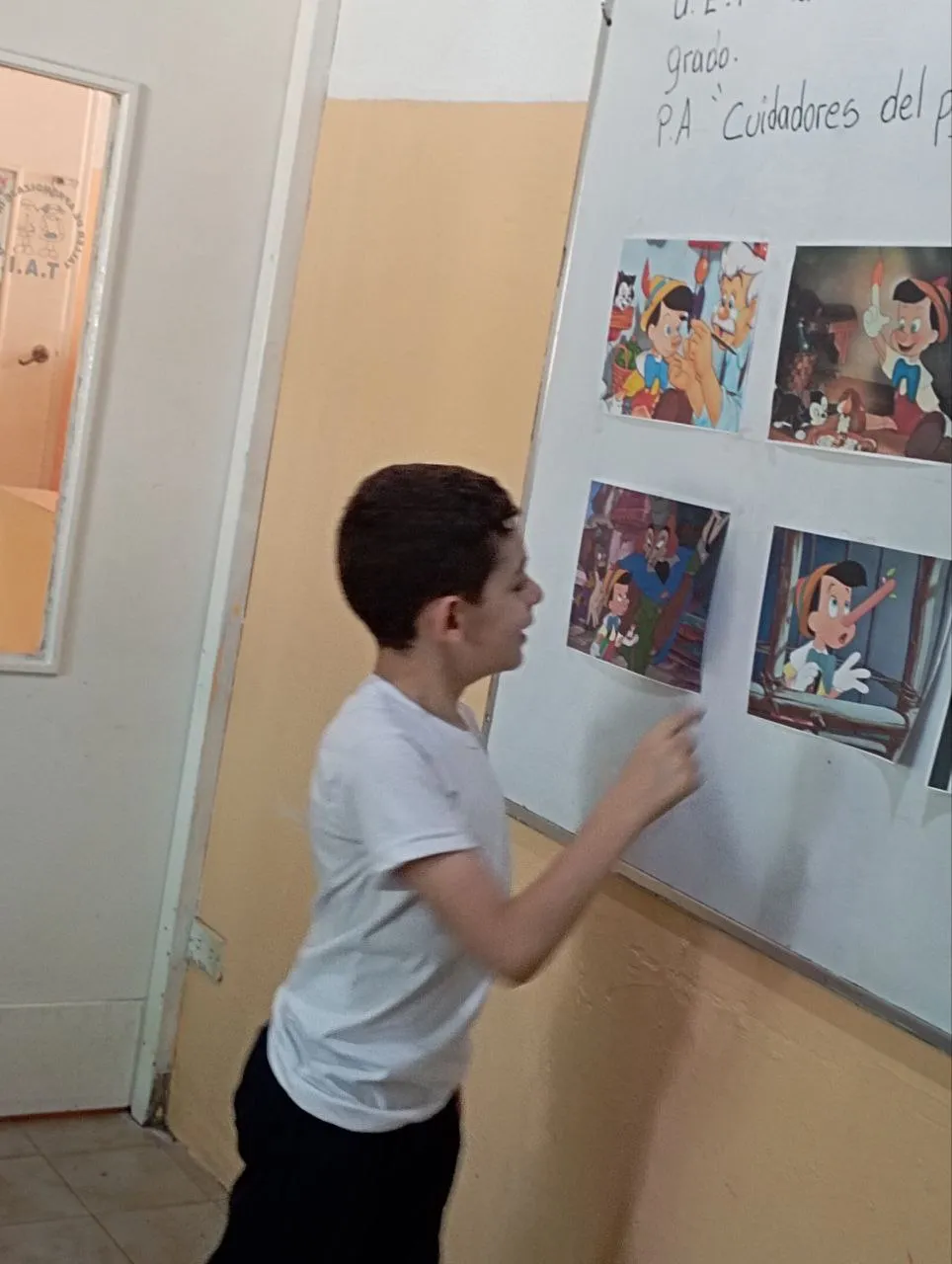
Los niños se benefician del ambiente escolar. La educación es un valor.
Las actividades rectoras de la infancia, juego, exploración del medio ambiente, literatura y arte como ejes permanentes sobre los cuales se cimentan las experiencias del niño en su entorno escolar, generan un nicho rico de placer lúdico. Por eso es que la asistencia regular a la escuela es fundamental para estimular la adaptación progresiva de experiencias que favorecen la disciplina de las rutinas como marco donde se educa la flexibilidad, la anticipación y el sentido de la actividad, importantes dinámicas para consolidar competencias de orden ejecutivo, como la atención, el seguimiento de instrucciones y la memoria

Si los padres miran a la escuela y a los maestros como agentes favorables, así mismo, el niño aprenderá a valorar los elementos que están inmersos en su educación.
Sandra Cabrera.
Nosotros, los adultos, somos modelos para los niños. No solo desde el punto de vista de la conducta, sino de nuestras actitudes e inclinaciones. Saber recrear los recuerdos cuando fuimos estudiantes, en presencia de los niños, es muy importante porque propiciamos en ellos el experimentar la educación como un valor para la vida.
Sin embargo, puede suceder que, por diferentes razones, decidimos retirar al niño. Y eso es válido. Lo importante es que busquemos una institución que pueda cubrir las necesidades educativas del niño y nuestras expectativas. Vale la pena recordar que los cambios frecuentes desfavorecen el aprendizaje, el desarrollo social y emocional.

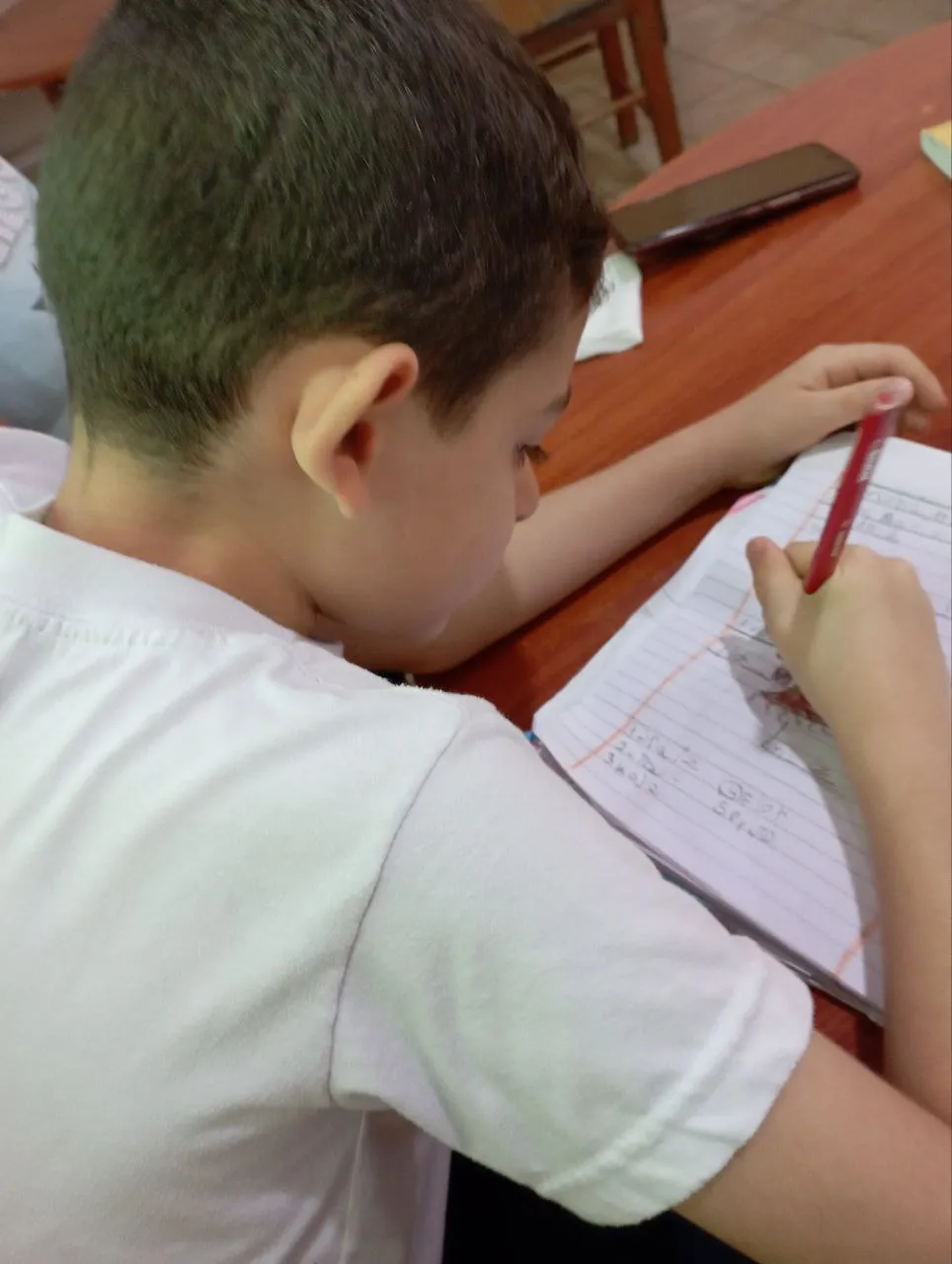
Bien amigos, espero que este tema les haya parecido interesante. Si gustan realizar un comentario sobre experiencias con las escuelas, bien sea propia o que hayan tenido con un hijo, un familiar, amigo o conocido, que desees compartirnos, será muy bien recibida porque cada historia es única y puede ayudar a otros, que es uno de los objetivos de estos espacios de reflexión.

Las fotografía forman parte de mi archivo personal y tomadas con mi teléfono Redmi11. Todas pertenecen a una institución educativa de Cumaná, donde hago segumiento a dos niños autistas incluidos en el segundo grado de educación primaria.
El baner lo elaboré en PowerPoint, al igual que los separadores de textos.
Ahora voy a traducir con la ayuda de Google.


Happy friday friends! The weekend is coming, I hope you find it useful. Today is a special day, I am very happy to start this column on Fridays hand in hand with @mundo.autismo. I am going to address the topic of school and what it represents for children from the point of view of their development, as a center of complex interpersonal and social relationships, outside of family environments.

In all schools we will find diversity in their population. Even in special schools there is diversity, since no child is the same as another. Autism is a spectrum of diversity: differences as a human factor and a condition inseparable from the self. That is why today I am going to talk to you about the importance of school for everyone, where learning experiences are as varied as the population that generates them.
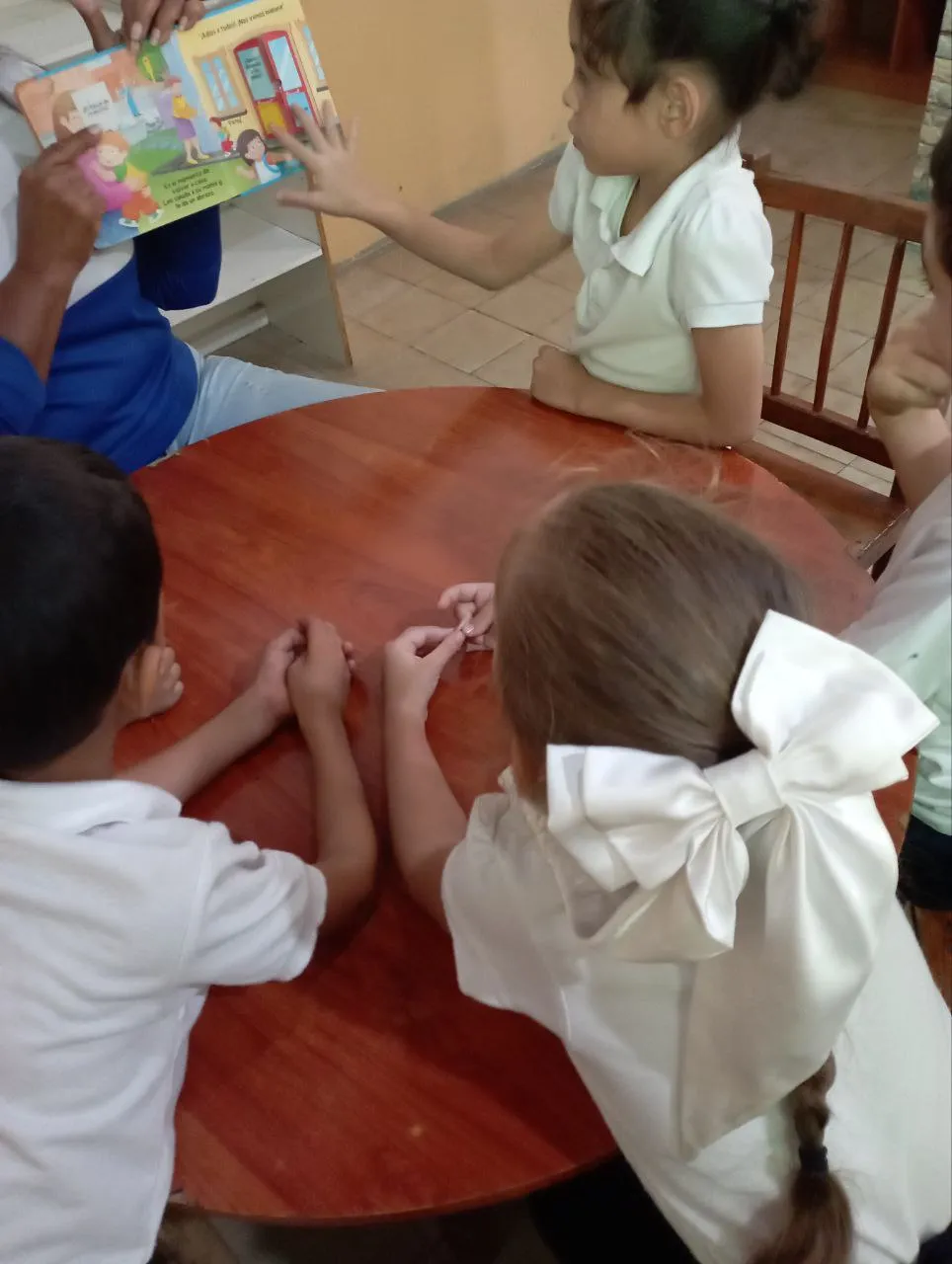

One of the first unfamiliar spaces for children is school.
The school environment introduces the first important changes in the child's coexistence patterns. The school is not only for the formal learning of curricular contents, it is an environment where the proximal zones of development are stimulated, since through social relationships, communication and material resources, in a natural and spontaneous way, it mediates culture to positively influence development.
The change of environment, meeting new faces and being subjected to stimuli other than those you already know is a great advantage with which you will obtain benefits that will last over time.
The importance of school.


Modern school, as we know it today, really doesn't have that much time. In the past, parents were responsible for the education of their children. The children were educated at home, the education in values and the teaching of reading, writing and numbers fell on the figure of the mother; The figure of the father was established in the teaching of a trade. The tradition was that girls were in charge of their mothers and boys in charge of their fathers.
Over the years this model has evolved with societies, the patterns have been transformed to what we know today. However, the modern school has also undergone changes that are important and that go hand in hand with the advancement of science, where the importance of psychosocial factors in school dynamics that favor the development of the child has become evident.
Far from thinking that the model of our schools does not need new changes, we are going to focus on the social and academic function that is taught there. Let's do a memory exercise, what do we remember from school life? The most likely thing is that we have different opinions, because everyone lives experiences differently; However, what I am looking for is that you can find those memories of your school period. You will agree that all experiences, both positive and negative, add to life allowing for growth.


School is a niche where all kinds of experiences are recreated.
What makes a "happy" school?
Happiness is subjective and its definition varies according to cultures. UNESCO understands a happy school as a place that promotes learning, health and well-being of individuals, families and communities.
''Happy schools" for better learning
Educational processes where the emphasis is placed on learning (and not on teaching) reflect an educational intention centered on the child. In addition to that, thinking about a happy school model that includes health, family and community factors reflects a purposeful educational policy, based on well-being as a learning environment.
In this sense, we must be aware that co-responsibility with the family is very important and above all that the communication channels are assertive. This does not mean that we cannot criticize, express our opinions responsibly; but rather that we have a positive attitude when addressing people, avoiding disqualifications and, above all, not encouraging confrontations.


Children benefit from the school environment. Education is a value.
The guiding activities of childhood, play, environmental exploration, literature and art as permanent axes on which the child's experiences in their school environment are based, generate a rich niche of recreational pleasure. That is why regular attendance at school is essential to stimulate the progressive adaptation of experiences that favor the discipline of routines as a framework where flexibility, anticipation and the sense of activity are educated, important dynamics to consolidate order competencies. executive, such as attention, following instructions, and memory

If parents look at school and teachers as favorable agents, likewise, the child will learn to value the elements that are immersed in his or her education.
Sandra Cabrera.
We, adults, are models for children. Not only from the point of view of behavior, but also from our attitudes and inclinations. Knowing how to recreate memories when we were students, in the presence of children, is very important because we encourage them to experience education as a value for life.
However, it may happen that, for different reasons, we decide to remove the child. And that is valid. The important thing is that we look for an institution that can meet the child's educational needs and our expectations. It is worth remembering that frequent changes are detrimental to learning and social and emotional development.


Well friends, I hope you found this topic interesting. If you would like to make a comment about experiences with schools, whether your own or that you have had with a child, a family member, friend or acquaintance, that you wish to share with us, it will be very welcome because each story is unique and can help others, which is one of the objectives of these spaces for reflection.

The photographs are part of my personal archive and taken with my Redmi11 phone. They all belong to an educational institution in Cumaná, where I follow two autistic children included in the second grade of primary education.
I created the banner in PowerPoint, as well as the text dividers.
